By definition, bionics is the science that draws inspiration from
the capacities of living organisms to develop technologies who
respond to issues to which Nature has been confronted for
millions of years. Everything hinges on the careful study of
biological systems so as to develop technical solutions by
employing biomimicry.
Since forever, Nature is a source of inspiration for Mankind.
And in particular for a certain Leonardo da Vinci. Nowadays,
one can find in all areas, technological applications of processes
originally put in place by living organisms: impermeable
surfaces copy the hydrophobic properties of lotus blooms or
those of duck feathers; the Japanese high-speed Bullet Train
has the Kingfisher’s beak shape so as to pierce the air and limit
friction; wind turbines perfected as whale fins increase by 20 %
the production of energy; night moths are the origin of less
tiring for the eyes screens; the gekko inspired one of the
strongest adhesives; shark skin inspired diving wet suits; higher
performance aircraft coatings, such as those of fireflies lighted
the way for LED technology, etc.
What kinds of lessons can companies draw from the ingenious
systems found in Nature in order to optimize their
performances, all the while making theirs a strategy allowing
sustainable management of their resources?

Survival of a bionic company and organization
In Nature, a selection process is at the core of diversity of the
species and of adaptability to their environment. Individuals are
constantly evolving and their mutations are subject to their
immediate biotope. When reproducing, those variations
bringing added value are retained. The most adapted
individuals are generally the most able to reproduce and, in the
end, only remain the individuals with the new genetic
evolution.
For companies, a similar selection phenomenon is at work.
The economic environment and competition constantly test
out the robustness of the business model of the companies.
Those that are the least performing disappear in the more or
less short term. It is up to companies to then define a
framework conducive to innovation, in order to remain at the
forefront of the activity of their industry.
In a white paper published by BCG (Boston Consulting Group)
“How to lead differently in the workplace of the future”, the
authors identify the criteria that define a bionic organization.
This time, it is not the classic definition of the word “bionics”
that is used, but a different approach to developing in a
sustainable way, following Darwinian “selection”. This must
combine three elements:
• An agile organization, that makes collaboration and transfer
of information the basis of any work so as to facilitate decision-making.
• An intelligent management of available resources, and
especially human resources: among the new challenges, the
recruitment and training of the new talents, with the view to
thrive over the long term by valuing the most adapted
competences.
• An adaptation to the new workspaces, with, in particular, the
taking into account new remote work paradigms or of flex
offices, all the while integrating the most advanced
technologies in the day-to-day of its employees.
The Promethean myth and human intelligence
In Greek mythology, man is the only animal that did not
receive any physical attribute from the gods. To give a
chance of survival to mankind, Prometheus decides to grant
it a divine attribute, a sliver of the Sun’s chariot: fire. In the
myth, fire is comparable to intelligence, allowing men to
master techniques and manufacture the tools necessary
to their survival.
In reality, one can observe that technology is greatly inspired
by mankind. Whether it is machine learning or even artificial
intelligence, it’s about biomimicry of the workings of the
human brain. As one tries to recreate intelligence, mankind
can progressively get rid of operational tasks that become
automated thanks to AI, which leaves it more time for the
more creative tasks and decision-making.
ERP, is this the instinct of conservation of the company?
ERP is a solution that brings together all the functionalities in
order to manage all the operational processes of a company,
thus facilitating management and decision-making. Can one
then continue to manage our company by instinct when the
ERP, the central nervous system of the company, provides all
the keys necessary to make choices based on reason?
ERP, or Enterprise Resource Planning, uses processes found in
animal and plant “organizations”.
Enterprise and symbiosis
In Nature, there is a phenomenon of symbiosis between the
different animal species which provide each other mutual aid in
order to improve their living conditions. The clownfish, for
example, testifies to this phenomenon. The latter delivers the
surplus food it collects to the sea anemone in exchange for the
safety of camouflage in the reef. Flowering is also a model of
symbiosis: insects ensure the reproduction of plants while
gaining pollen. In Nature, the examples are innumerable.
Symbiosis is the exact opposite of competition: it avoids
damage to the two species that are clashing. In a company,
employees must adopt a state of mind of symbiosis between
the different departments. Sales must communicate with

Resource management
The beehive is one of the biological systems with the most
efficient organization to optimize its resources, whether
material or animal.
Each individual plays a particular role during its life allowing
him to ensure the proper functioning of the hive and guarantee
it a future. In terms of resources, bees instinctively implement a
principle of frugality. The unique honeycomb shape of the hive
saves material and facilitates the maintenance and durability of
the building. In business, you have to think in the same way by
allocating resources according to needs.
In the management of animal resources, bees have set up a
rhomb-like alveolar structure. The larvae are therefore side by
side, separated by a thin partition, which promotes heat
conservation. In business, you also have to think about HR
strategies for the good development and fulfillment of young
talents so that they are the future of the company.
For bees, the production of honey is not the end in itself: it is the
survival and the proper functioning of the hive that is the
priority. In business, it is also necessary to share a clear vision of
growth with the employees for a smooth operation over the
long term.

Emmanuel Delannoy, the director of the Inspire institute (Initiative for the promotion of industry reconciled with ecology and society), explains:
“The approach to biomimicry is not only technological, it is also philosophical. It must allow to make it possible to rethink the organization of companies so as to concentrate on cooperation, complementarities and adaptation which make it possible to create virtuous circles. Sometimes innovation doesn't happen through technology. For example, to rethink mobility today, we must not reinvent the car, but new modes of travel, such as car sharing.”
Plan ahead to anticipate
Just as animals possess this natural instinct, it is essential for
a company to anticipate its needs as well as the distribution of
tasks. In general, biomimicry shows us that living things have
an instinct that allows them to anticipate and plan for the tasks
ahead. One can think of the animals which build up reserves to
anticipate the lack of food in winter. People in business also
need to plan ahead to best anticipate their needs. Here again,
ERP makes it possible to acquire a management tool to define
the role of each employee over time, by communicating
effectively. It also makes remote working thanks to the
availability of data.

By drawing inspiration from the living, bionic companies
foreshadow the future of work and guarantee their own future.
Reproducing mechanisms that have proven themselves in
Nature is to ensure continuity for any organization in a
constantly changing environment. In this perspective, ERP is
one of the appropriate solutions to ensure optimal decision-making over time. With the creation of the conditions for a
perfect symbiosis between employees, partners and end
customers in a sustainable vision of the company.
Sources:
Adopt a systemic way of thinking to become a bionic company (itforbusiness.fr)
10 times when Nature has inspire technology | Hitek
The bionic company, the future of Work | Les Echos
How to lead differently in the workplace of the future (BCG white paper, available in PDF)
Agnès Guillot, Jean-Arcady Meyer La bionique. Quand la science imite la nature [Bionics, when science imitates Nature], Dunod, coll. UniverSciences, 2008
Bionics — Wikipedia (wikipedia.org)
Biomimicry: five awesome inventions inspired by Nature (nouvelobs.com)









